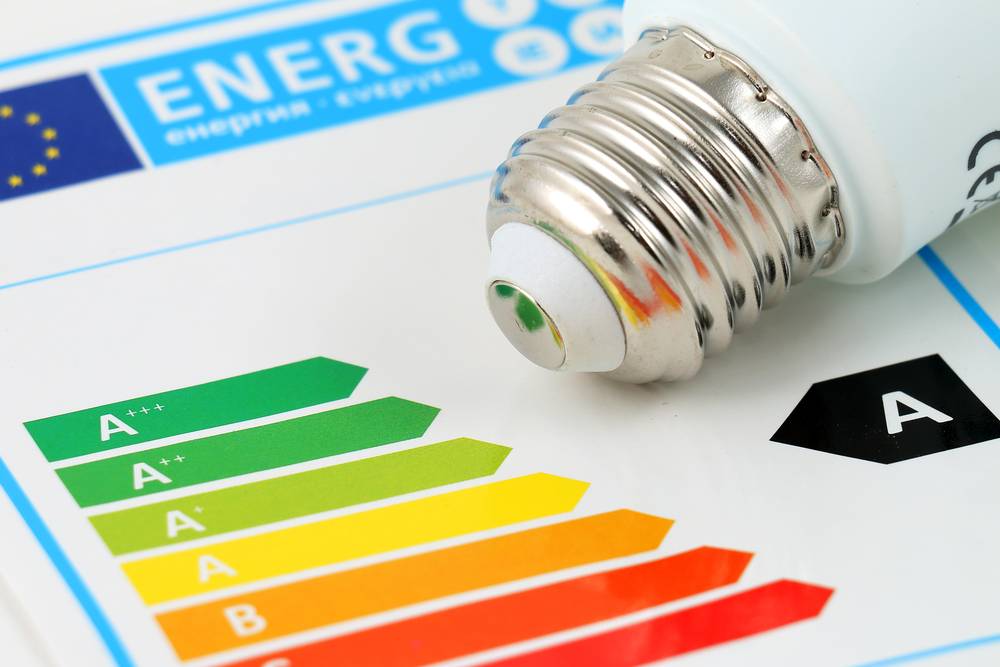 Last updated: December 17th, 2019 5:02 PM
Last updated: December 17th, 2019 5:02 PM
National Mission for Enhanced Energy Efficiency
The National Mission for Enhanced Energy Efficiency (NMEEE) is a mission under the National Plan Action on Climate Change. The mission aims to strengthen the market for energy efficiency by building a policy regime which will help in developing innovative and sustainable models for the energy sector.Initiatives of NMEEE
The mission has the following four initiatives in energy-intensive industries: Perform, Achieve and Trade Scheme - The initiative helps in the implementation of a market assisted compliance mechanism in order to accelerate the implementation of cost-effective improvements in the sector in large energy-intensive industries. It includes the below-mentioned steps:- Goal setting - Setting a specific energy consumption target for each plant, based on the level of energy intensity of the plant. The target will specify by which percentage a plant needs to improve its energy intensity from the baseline value within a period of three years.
- Reduction Phase - The designated consumers will try to reduce the energy intensity based on the target.
- Trading Phase - The consumers who exceed the target will be credited tradable energy permits. This permit will be sold to designated consumers who failed to meet their target. The consumers who do not achieve their target will have to compensate for the failure by buying permits, and if they fail to do so, they will have to pay penalties.
- National CDM Roadmap
- Programmatic CDM: CDM Program of activities for several sectors like lighting, SME sector, Agricultural DSM, Municipal DSM, Commercial building sector and for distribution transformers will be carried out.
- Standards and Labeling: Step by step notification for mandatory labelling of equipment and appliance for the domestic sector, office equipment, hotel equipment, transport equipment and industrial products.
- Public procurement: Amendment of rules for procurement to mandate the purchase of energy efficiency products for all public entities.
- Technology program: Replacement of inefficient appliances by efficient products like ballasts, efficient lighting, AC, refrigerators in the domestic sector.
- Energy Conservation Building Code: The maximum energy consumption norms will be specified for new commercial buildings and existing buildings.
- Capacity building and information: Building a pool of trained manpower across states, government agencies, banks and financial institutions. Continuing the training of Energy Managers and Energy Auditors.
- Partial Risk Guarantee Fund for Energy Efficiency (PRGFEE)- This fund will support banks and investors offering loans for the implementation of energy efficiency projects. It guarantees a risk cover of 50% of the loan amount or Rs. 10 crore per project, whichever is lower.
- Venture Capital Fund for Energy Efficiency (VCFEE) to promote energy efficiency - The fund is intended towards promoting equity financing in the energy efficiency sector and helps in the reduction of the impact of non-availability of debt financing to small-sized companies. It provides equity support for the successful implementation of energy efficiency projects. It is equal to Rs. 2 crores or 15% of the total equity, whichever is lower.
- National Energy Conservation Award and Painting Competition
Implementation Agencies
- BEE - Bureau of Energy Efficiency.
- EESL - Energy Efficiency Services Limited
Financing of Energy Efficiency
This initiative focuses on the creation of mechanisms that help finance demand-side management programs in different sectors by capturing future energy savings. It includes tax exemptions for the profits and gains made from energy efficiency projects by Venture Capital Funds and ESCos. There is a revolving fund which helps promote carbon finance and a partial risk guarantee fund which provides commercial banks with partial coverage. The fund will charge a nominal fee on all projects that see the risk guarantee, and it is aimed to enhance energy efficiency in power plants.Other initiatives
Set up energy efficiency services Ltd: A public sector company is planned to be set up in order to facilitate the progress and to address all the issues that impede investments in energy efficiency projects. The company will be an implementing agency and BEE will focus on its quasi-regulatory role. The company will also function as a consultancy organisation and a resource centre.Power Sector Technology Strategy
- Strengthening of State Designated Agencies: The scheme aims to build institutional capacity of newly built SDAs to perform the regulatory and facilitative functions in respective states.
- Strengthening of BEE: Government funding is essential for infrastructure creation in order to implement the new projects and schemes across the country.
- Awareness Programs: There will be information campaigns in industry, schools, commercial, domestic and agriculture sector. Energy award, National painting competition and publication of manuals and codes for energy efficiency etc.
Popular Post

In the digital age, the convenience of accessing important documents online has become a necessity...

The Atalji Janasnehi Kendra Project that has been launched by the Government of Karnataka...

The Indian Divorce Act governs divorce among the Christian couples in India. Divorce...

When an individual has more than a single PAN card, it may lead to that person being heavily penalised, or worse,...

Employees Provident Fund (PF) is social security and savings scheme for employee in India. Employers engaged...


